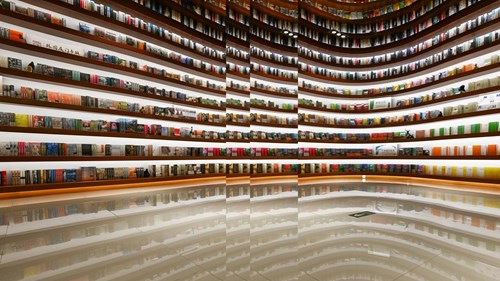Federal Supreme Court: Avoiding preclusion does not require first instance auxiliary requests by patentee after advantageous qualified indicative ruling by Federal Patent Court
In its decision of March 15, 2022 (X ZR 18/20), the German Federal Supreme Court ruled that a patentee may rely on a qualified indicative ruling of the Federal Patent Court confirming patentability under Section 83 (1) PatG, to the effect that auxiliary requests under Section 116 (2) No. 1 Alt. 2 PatG are eligible for consideration if they are filed for the first time in the appellate instance. The patentee may lack cause to file auxiliary requests already in the first instance due to a qualified indicative ruling which is advantageous for him.
I. Background
Section 116 (2) PatG threatens the patentee with preclusion of auxiliary requests filed for the first time in the appellate instance. For the patentee, this leads to the question whether he shall file auxiliary requests even after a qualified indicative ruling by the Federal Patent Court that is positive for him, in order to avoid preclusion in the appellate instance.
II. Decision
In the case now decided by the Federal Supreme Court, the patentee had not filed any auxiliary requests following a qualified indicative ruling that was positive for him, and lost in the first instance. The invalidity plaintiff held that the patentee’s auxiliary requests filed for the first time in the appellate instance were inadmissible.
The Federal Supreme Court ruled in favour of the patentee. It held that auxiliary requests filed for the first time in the appellate instance are not expedient and therefore not eligible for consideration under Section 116 (2) No. 1 Alt. 2 PatG, insofar as a patentee already had cause to file the auxiliary requests in the first instance. However, such cause may be lacking where the Federal Patent Court expresses the opinion in its qualified indicative ruling that the subject-matter of the attacked claim is patentable. In the case decided, therefore, auxiliary requests could permissibly be filed, at least within the time limit for filing the grounds of appeal.
III. Appraisal
The decision reduces the pressure on patentees to draft auxiliary requests in nullity proceedings even after a positive qualified indicative ruling. In principle, the preclusion rule of Section 116 PatG does not compel this. Still, it will often be advisable in practice to draft and file auxiliary requests already in the first instance, even if the Federal Supreme Court has issued a positive statement.
In particular, the Federal Supreme Court indicates in its decision that cause to file auxiliary requests in the first instance may also result from new submissions of the invalidity plaintiff after a positive qualified indicative ruling. The Federal Supreme Court leaves open the standard as to when the threshold for negligence relevant to preclusion is exceeded.
Well
informed
Subscribe to our newsletter now to stay up to date on the latest developments.
Subscribe now






.jpg?t=a-s&arw=16&arh=9&arm=focuspoint&w=500)